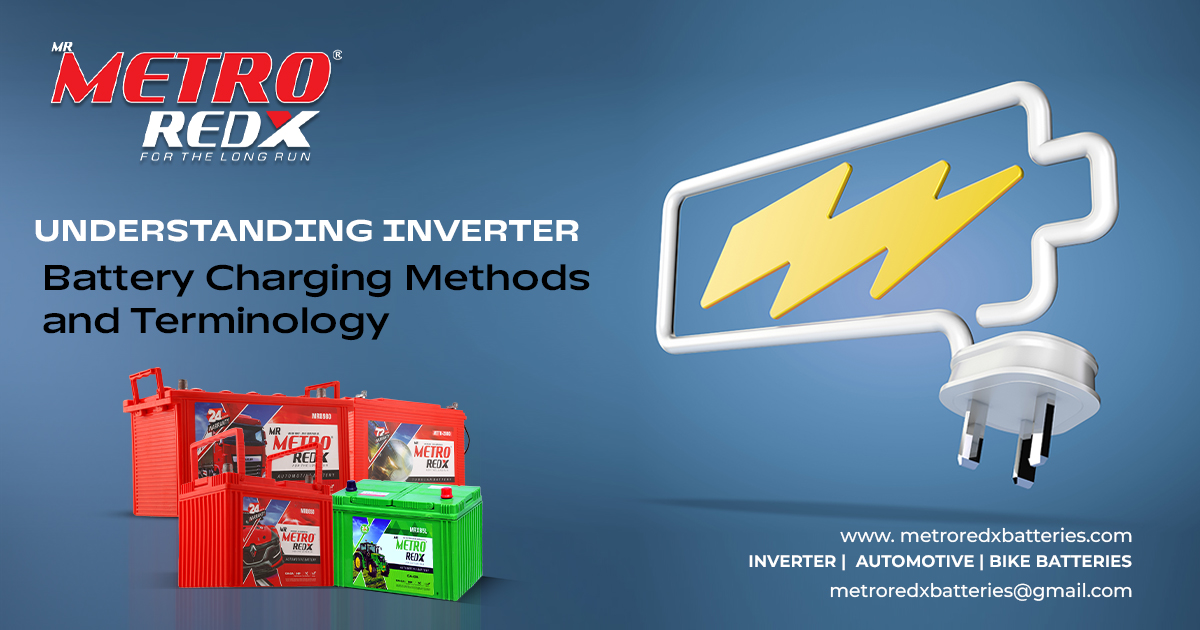In a world where uninterrupted power supply is crucial, inverter batteries stand as the backbone of energy independence for homes and businesses alike. Beyond mere backup solutions, they embody reliability and innovation, offering a pathway to sustainability and freedom from grid dependency.
The Essence of Energy Independence
- Beyond Backup: Inverter batteries transcend their role as mere backup devices. They empower households and businesses to break free from the constraints of unreliable power grids, ensuring continuous operation and peace of mind during outages.
- Self-Sufficiency: Embracing inverter batteries means embracing self-sufficiency in energy management. They enable users to optimize their energy consumption, store excess power from renewable sources, and reduce reliance on traditional energy suppliers.
Innovative Solutions for Every Need
- Customization: Modern inverter battery solutions offer customizable features to meet diverse consumer needs. From compact designs for urban dwellings to robust systems for industrial applications, flexibility in configuration ensures tailored solutions.
- Advanced Technologies: Incorporating state-of-the-art technologies such as smart charging algorithms and remote monitoring capabilities, advanced inverter batteries optimize energy utilization and enhance operational efficiency.
- Longevity and Reliability: The quest for energy independence hinges on durability and reliability. Premium inverter batteries boast extended lifespans, robust build quality, and minimal maintenance requirements, ensuring years of dependable service.
Sustainable Practices in Energy Storage
- Efficiency Standards: Leading manufacturers adhere to stringent efficiency standards in battery production. This commitment not only ensures optimal performance but also aligns with global sustainability goals.
- Recycling Initiatives: Responsible disposal and recycling of inverter batteries are critical. Manufacturers promoting end-of-life recycling programs uphold environmental stewardship by minimizing waste and maximizing resource recovery.
- Integration with Renewable Energy: Inverter batteries play a pivotal role in storing energy from renewable sources such as solar and wind. This integration not only enhances energy independence but also supports a cleaner energy ecosystem.
Choosing the Right Inverter Battery
- Performance Metrics: Consider factors beyond capacity and voltage—evaluate cycle life, charge/discharge efficiency, and compatibility with renewable energy systems to maximize long-term benefits.
- User-Friendly Design: Ease of installation, operation, and maintenance are paramount. Opt for inverter batteries that simplify user experience while delivering uncompromising performance.
- Brand Assurance: Trust reputable brands known for innovation, reliability, and customer support. Look for warranties that reflect confidence in product quality and after-sales service.
Unlocking energy independence through reliable inverter battery options transcends conventional backup solutions. It empowers individuals and businesses to harness sustainable energy practices, reduce environmental impact, and ensure uninterrupted operations. As technology evolves and global energy dynamics shift, investing in the right inverter battery becomes not just a choice but a strategic step towards a resilient and sustainable future.Explore the possibilities of energy independence with our range of reliable inverter battery solutions at Metro Redx batteries. Discover how we’re redefining energy resilience and sustainability with innovative technologies and customer-centric solutions. Visit Metro Redx batteries to learn more and embark on your journey towards energy freedom today.


